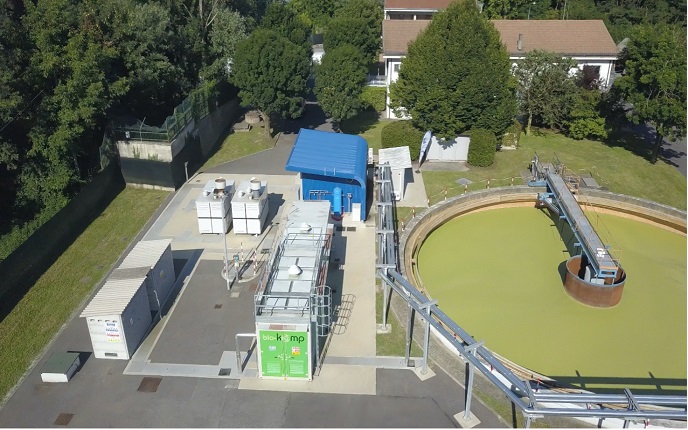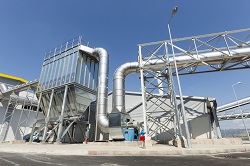A clean-energy solution for homes
Combined heat and power (CHP) systems allow for the simultaneous production of useful thermal energy and electric power from a single fuel source. Recovering waste heat produced during power generation eliminates the fuel consumption that would otherwise be required to generate thermal energy. Micro-CHP systems for homes and buildings typically use natural gas as the fuel in an internal combustion engine. Solid oxide fuel cells (SOFCs) are a promising alternative, but still face issues of cost and reliability mainly related to very high operating temperatures. Researchers initiated the LOTUS(opens in new window) (Low temperature solid oxide fuel cells for micro-CHP applications) project to develop SOFC technology operating at the lowest possible temperature to optimise the benefits. Specifically, anode-supported cells (ASCs) were considered as the most promising option for achieving higher power densities. In the first project phase, the LOTUS team designed a micro-CHP system with an operating temperature of 650 °C following a top-down approach. The final heat recovery process was defined based on the results of detailed system parameter studies and layout calculations. System model calculations together with technical requirements lead to the decision to partly reform the natural gas feed into hydrogen-rich reformate before entering the fuel cell stack. The other half of the feed would be internally reformed to increase the overall efficiency. In the second phase of LOTUS, all components and submodules were developed in accordance with the system design specifications. The core SOFC stack incorporated newly developed ASCs. A compact fuel processing module enables controllable stack-internal air-enhanced steam reforming. The advanced fuel processing concept promises high electrical efficiency as well as variable power-to-heat ratio, which is adjustable independently from the power output. Lastly, researchers integrated a new exhaust suction fan with a significantly reduced power demand during all operational stages. Both the set-up and commissioning of the LOTUS system prototype have been extensively tested. Test results attest to the attractiveness of the new, improved SOFC stacks for use with micro-CHP systems. Using fuel cells to generate both heat and electricity combines emissions-free electric power production with efficient recapture of thermal energy for a clean-energy solution for homes and residential buildings.







